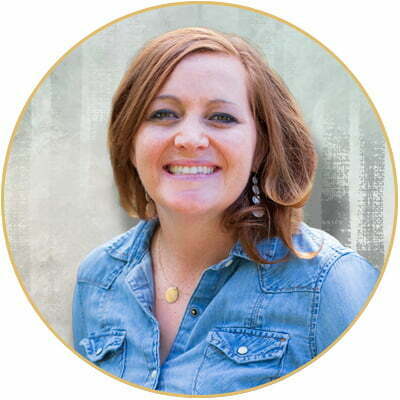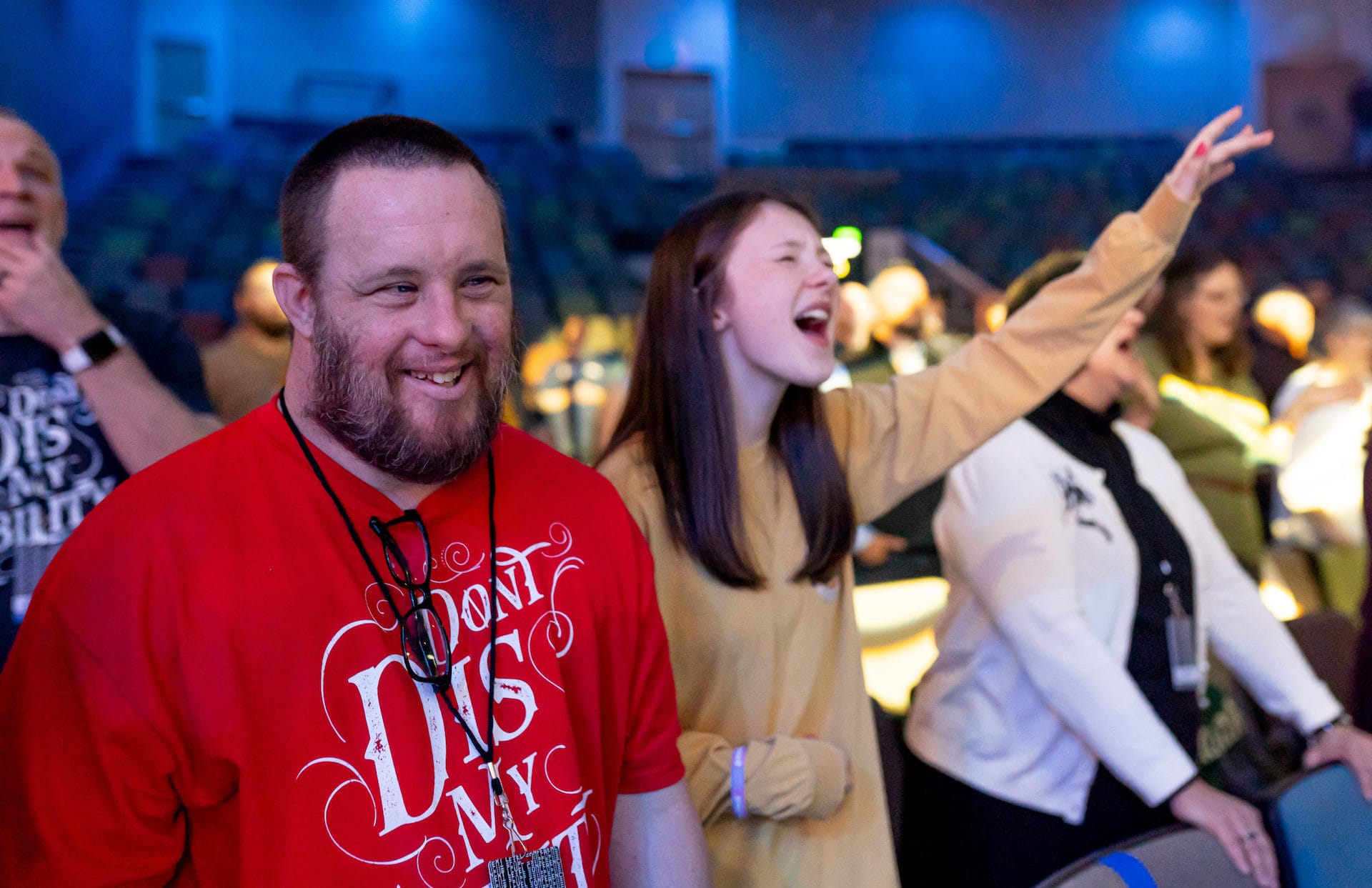

Is your church planning an Easter egg hunt this year? Thoughtfully structuring your egg hunt with all participants in mind will communicate to participants that they are seen, known, and loved. Consider implementing these three steps to make your hunt accessible and inclusive for all.
Perhaps the best way to make your egg hunt accessible and inclusive is to establish clearly set expectations and communicate them ahead of time. Expect all participants to remain masked and socially distanced during the hunt? Explicitly say so. Expect family units to remain together or children to be divided based on age? Explicitly say so. Expect participants to participate at a set time in a specific area? Explicitly say so. The more information you can communicate to all participants, the better. When we kindly communicate clear expectations, participants with and without disabilities, are better able to prepare and know what to expect prior to the event. Consider creating an egg hunt map for families to access on your website prior to the event as well as printing out physical maps (or a poster in a prominent location on your site with a QR code linking to a map) the day of your hunt so families know where and what time to gather and where to look for the eggs. Give verbal instructions prior to beginning the hunt as well and have a well-defined starting time–or consider staggering start times depending on your specific site– to make it equitable for all participants. Be clear as to how many eggs or treats each person can collect to help decrease potential anxiety and chaos and ensure that everyone is able to be a full participant.
Every church site is different when it comes to physical space and the addition of COVID-19 precautions to egg hunts this year put a premium on distancing. Even in non-Covid years, it is much more pleasant to hunt for eggs with a bit of breathing room between groups rather than a shoulder-to-shoulder experience. Choose an easily accessible location (that is, a location that is conducive to walking on foot or with the aid of an assistive device such as a walker, gait trainer, wheelchair, as well as to those with limited mobility). Remove or clearly mark any potential hazards. For potential hazards that may not be easily removed (such as exposed tree roots), consider routing participant traffic around the hazard with some sort or physical barrier (ie. caution tape or a volunteer/staff member standing by). Utilize any outdoor fenced areas your site may have to make the egg hunt safer and more accessible for families with young children or participants with elopement tendencies and histories. Hide eggs at different heights if possible throughout your space, as picking up objects from ground level is not necessarily accessible for everyone. If physical space is limited, consider splitting participants into smaller groups to reduce crowding and bottlenecks and promote a more positive experience for all.
Utilize volunteers as buddies or egg hunt guides to families or participants who may benefit from any additional support. Be ready to jump in and encourage participants throughout the event. Participants prone to social anxiety may benefit from having a calming, encouraging egg hunt buddy who can “be on their team” and hunt together! Participants prone to eloping can and should have engaging, confident, and enthusiastic buddies or guides for safety. Those with limited mobility or reduced vision capabilities may be supported by a buddy or guide who can assist them in accessing a greater portion of the physical space. Providing alternative egg collection pathways, such as having volunteers or staff spaced around the egg hunt area with baskets of Easter eggs for participants to access in case anyone is having difficulty locating the hidden eggs can decrease anxiety and increase levels of engagement and fun for all involved. It also allows eager volunteers to connect and contribute in meaningful, tangible ways. A win-win for all!
Most importantly, have fun! There is no one “right” way to have an Easter egg hunt. Know your participants, know your space and have a fantastic time making your hunt inclusive and accessible.


